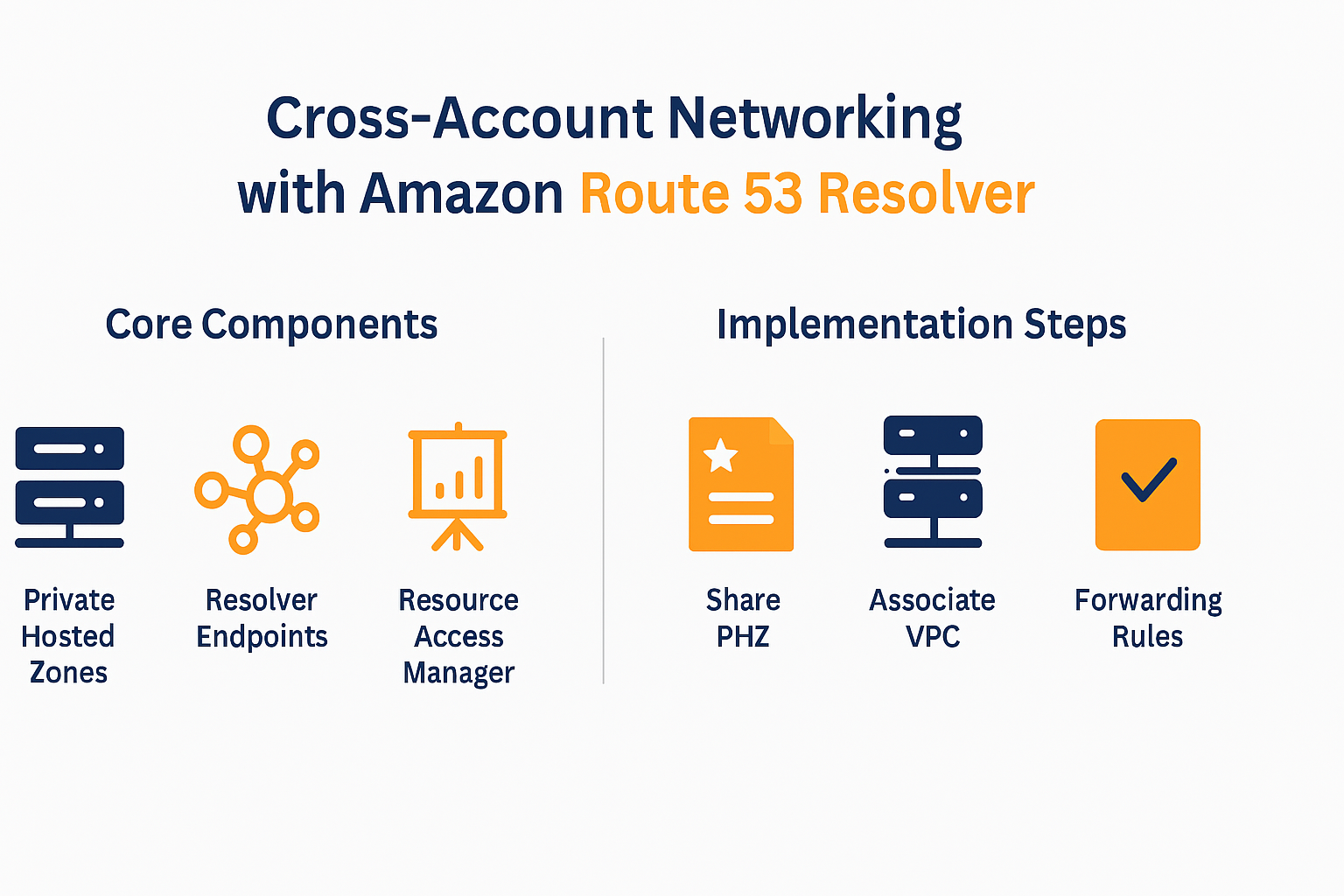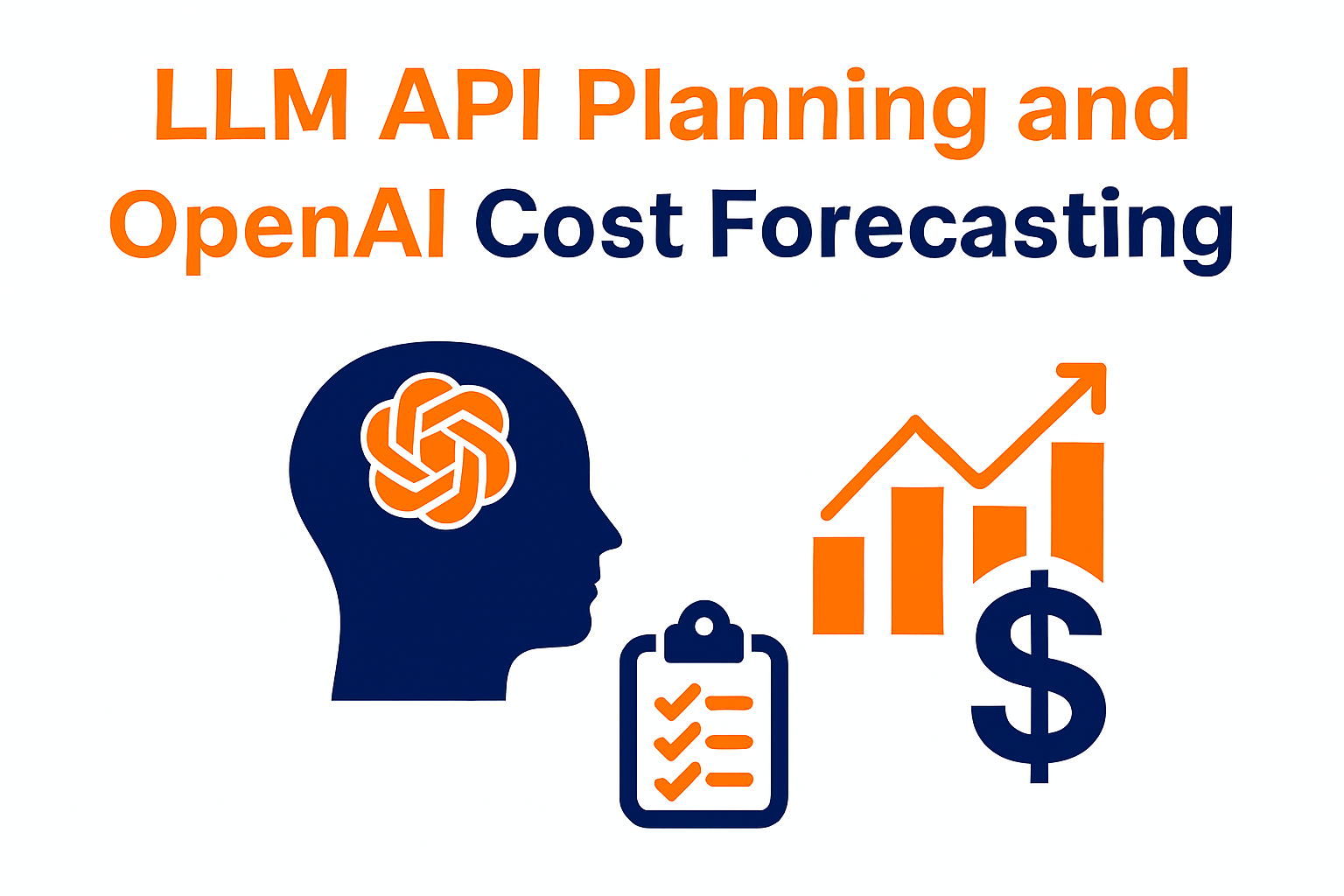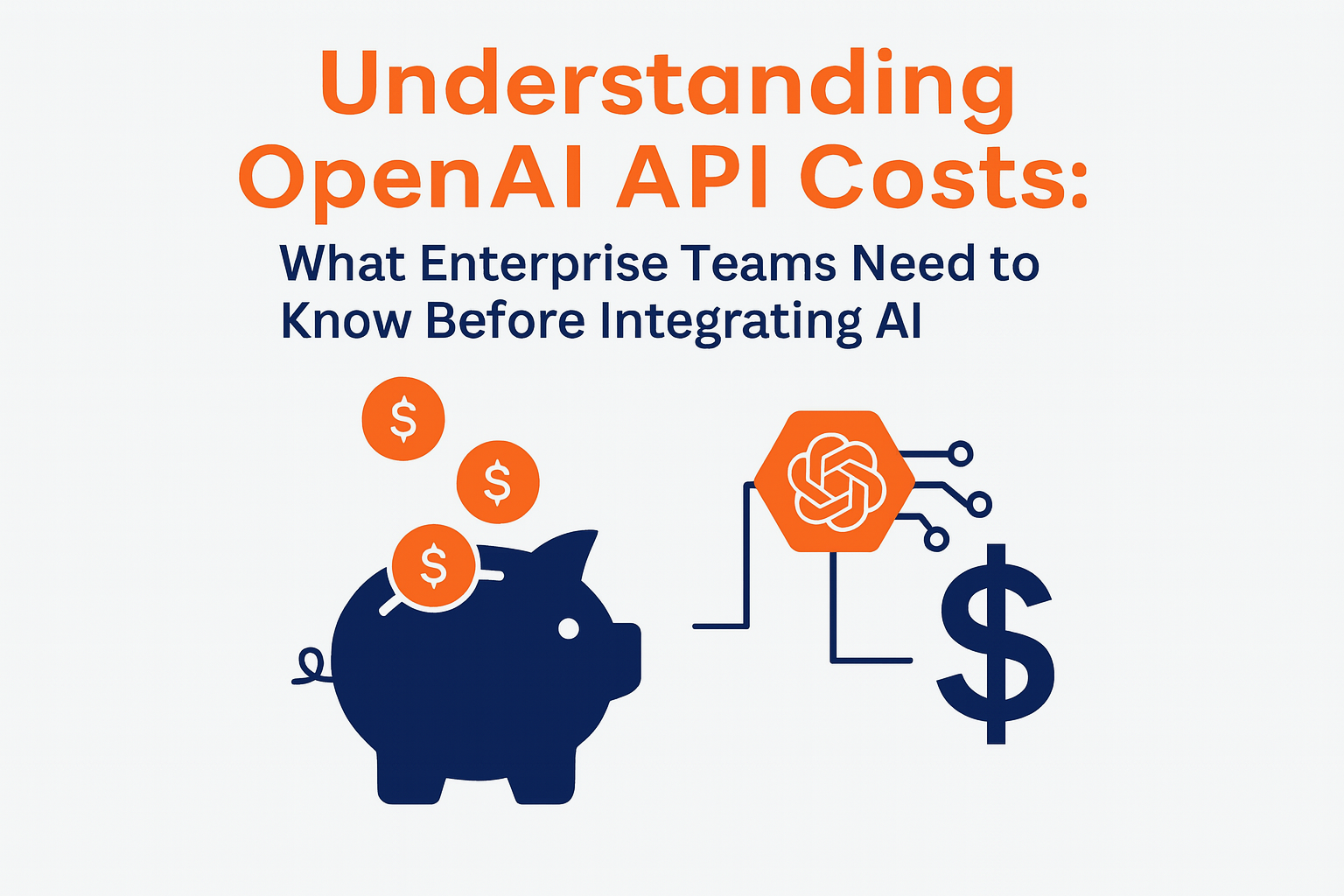November 25, 2022
Cross-Account Networking with Amazon Route 53 Resolver

Creating seamless DNS resolution between AWS accounts is essential for secure and efficient communication in multi-account architectures. Amazon Route 53 Resolver supports this by enabling DNS query routing across accounts without complex network overlays or duplicating DNS infrastructure.

Core Components
- Private Hosted Zones (PHZs)
PHZs allow DNS resolution within your VPCs for custom domain names. - Resolver Endpoints
Use inbound endpoints to receive DNS queries from other VPCs or on-prem networks. Use outbound endpoints to forward DNS queries to another DNS system. - Resource Access Manager (RAM)
RAM allows you to share hosted zones and resolver rules across accounts without giving full administrative access.
Implementation Steps
- Create and Share the Private Hosted Zone
In the owning account, create a PHZ for the relevant domain. Authorize another account’s VPC to associate with the PHZ. This allows DNS resolution across accounts without duplicating zones. - Set Up Inbound Resolver Endpoints
In the second account, create an inbound resolver endpoint in a shared VPC. Configure the security group to allow traffic on UDP and TCP port 53. - Associate the PHZ with the VPC
From the zone-owning account, associate the PHZ with the target VPC using the AWS CLI or console. DNS queries from the second account’s VPC will now resolve using the PHZ. - Create and Share Forwarding Rules
If you need the second account to resolve additional domains, create outbound resolver rules and share them using RAM. Associate the rules with the relevant VPCs.
Best Practices
- Prevent DNS Loops
Carefully plan resolver rule configurations to avoid circular references that can cause failed lookups. - Deploy Across Availability Zones
Run resolver endpoints in multiple Availability Zones for better reliability and fault tolerance. - Limit Access with IAM
Use fine-grained permissions for DNS management and avoid giving broad access to hosted zone configurations. - Monitor and Log Queries
Enable query logging to keep track of DNS activity and detect unexpected behavior. - Use Consistent Naming Conventions
Consistent domain naming and tagging helps keep DNS resolution predictable and manageable across environments.
Cross-account DNS with Route 53 Resolver supports central management, improves visibility, and reduces redundant configuration. When done right, it simplifies network management and scales with your AWS footprint.

More News







